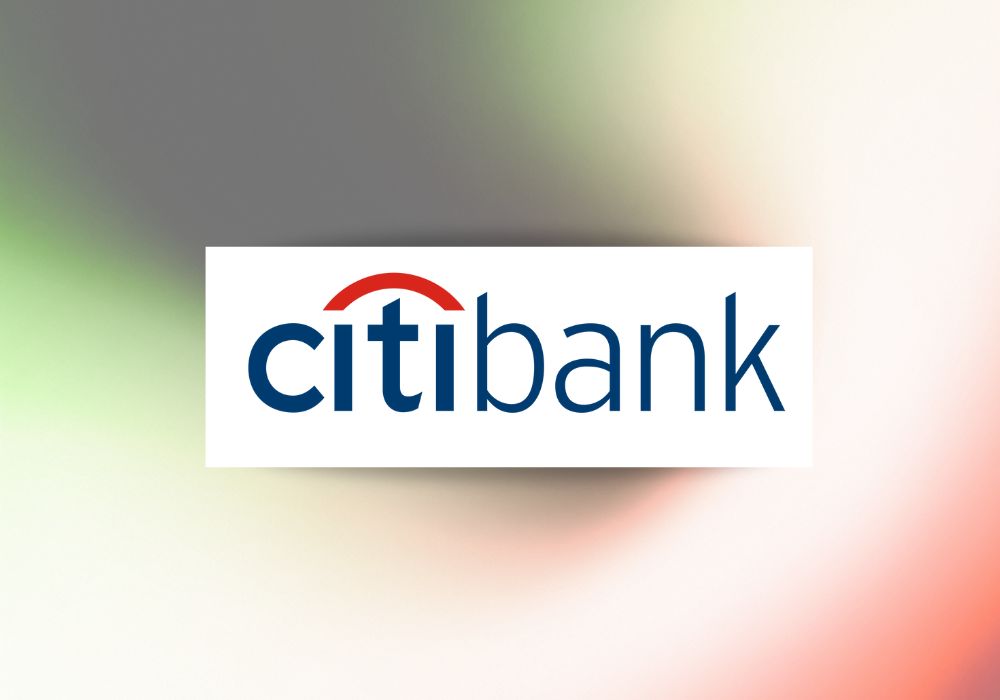
In a move that signals deeper integration between legacy banking and blockchain, Citigroup (Citi) has confirmed that it plans to launch cryptocurrency custody services in 2026. This development has been in the works for multiple years, and presents a noteworthy shift in how major financial institutions view digital assets.
What We Know So Far About Citibank’s Plans
- The project has reportedly been under development for two to three years, per Biswarup Chatterjee, Citi’s Global Head of Partnerships & Innovation.
- Citi aims to offer institutional-grade custody, targeting clients such as asset managers, hedge funds, and other large institutional participants.
- The envisioned solution may adopt a hybrid architecture: combining Citi’s in-house security systems for high-trust assets with third-party or lightweight custody frameworks for other token types.
- The custody services will support native crypto assets like Bitcoin and Ethereum, not just tokenized or wrapped versions.
- In addition to custody, Citi is developing its Digital Assets division, including the Citi Integrated Digital Assets Platform (CIDAP), which supports tokenization, asset servicing, and programmable money. Citi
These steps suggest a strategic vision where custody is not a standalone product, but part of a broader infrastructure for tokenized finance, settlement, and digital banking.
Why This Matters for the Crypto Ecosystem
1. Institutional Validation & On-Ramp Signal
When a globally recognized bank like Citi enters crypto custody at scale, it lends legitimacy to digital assets in institutional circles. Its commitment signals to asset managers and financial firms that crypto custody is becoming a core part of the financial infrastructure, not a fringe niche.
2. Custody as a Strategic Battlefield
As the crypto sector evolves, custody is emerging as a key competitive frontier. Secure, reliable custody underpins everything from tokenized assets to decentralized finance integration. Banks entering this space could reshape custody dynamics, especially for regulated or hybrid models.
3. Regulatory Tailwinds
Recent regulatory developments in the U.S. are reducing barriers for banks to engage in crypto activities such as custody. For example, the Office of the Comptroller of the Currency (OCC) has clarified that national banks may perform certain crypto-related services, including custody, under proper risk management protocols. Additionally, the removal of accounting guidance (SAB 121) that had required crypto held by banks to be treated as liabilities now opens the path for more traditional institutions to offer custody services.
4. Expanding Digital Finance Infrastructure
By leveraging its existing banking footprint, capital, compliance, and client relationships, Citi may bridge the gap between traditional finance and emerging crypto infrastructure. Its custody platform could act as a backbone for future tokenization, digital banking, cross-border assets, and stablecoin services.
Risks & Challenges Ahead
- Cyber & Operational Security: Custody of crypto assets comes with high stakes, securing private keys, defending against hacks, and managing system resilience will be critical.
- Regulatory & Legal Uncertainty: Even with more permissive regulatory stances, banks must navigate AML/KYC laws, securities regulations, and cross-border compliance.
- Risk of Third-Party Dependencies: The hybrid model may introduce counterparty risk if portions of the custody chain rely on external providers.
- User Trust & Migration Concerns: Convincing clients to move from existing custodians or self-custody solutions will require strong trust, incentives, and seamless transition paths.
- Scale & Performance: Institutional custody systems must handle high throughput and availability, particularly for assets used in dynamic markets like DeFi or tokenized securities.
Final Thoughts on Citibank’s Moves
Citibank’s planned entry into crypto custody in 2026 is a watershed moment for the intersection of traditional finance and digital assets. If executed well, it could become a catalyst for broader institutional participation, bridging regulatory and technological divides. For traders, institutions, and crypto projects alike, Citibank’s move underscores that the custody layer may soon be one of the most strategically important pillars of the crypto infrastructure.
Your Trades. Our Priority. Hotcoin.
Hotcoin Official Site: https://www.hotcoin.com
Hotcoin Twitter: https://x.com/HotcoinGlobal
Hotcoin Telegram: https://t.me/HotcoinEX
Hotcoin Chinese Twitter: https://x.com/hotcoinzh
Hotcoin Chinese Community: https://t.me/hotcoinglobalcn
Hotcoin YouTube: https://www.youtube.com/@hotcoinglobal
